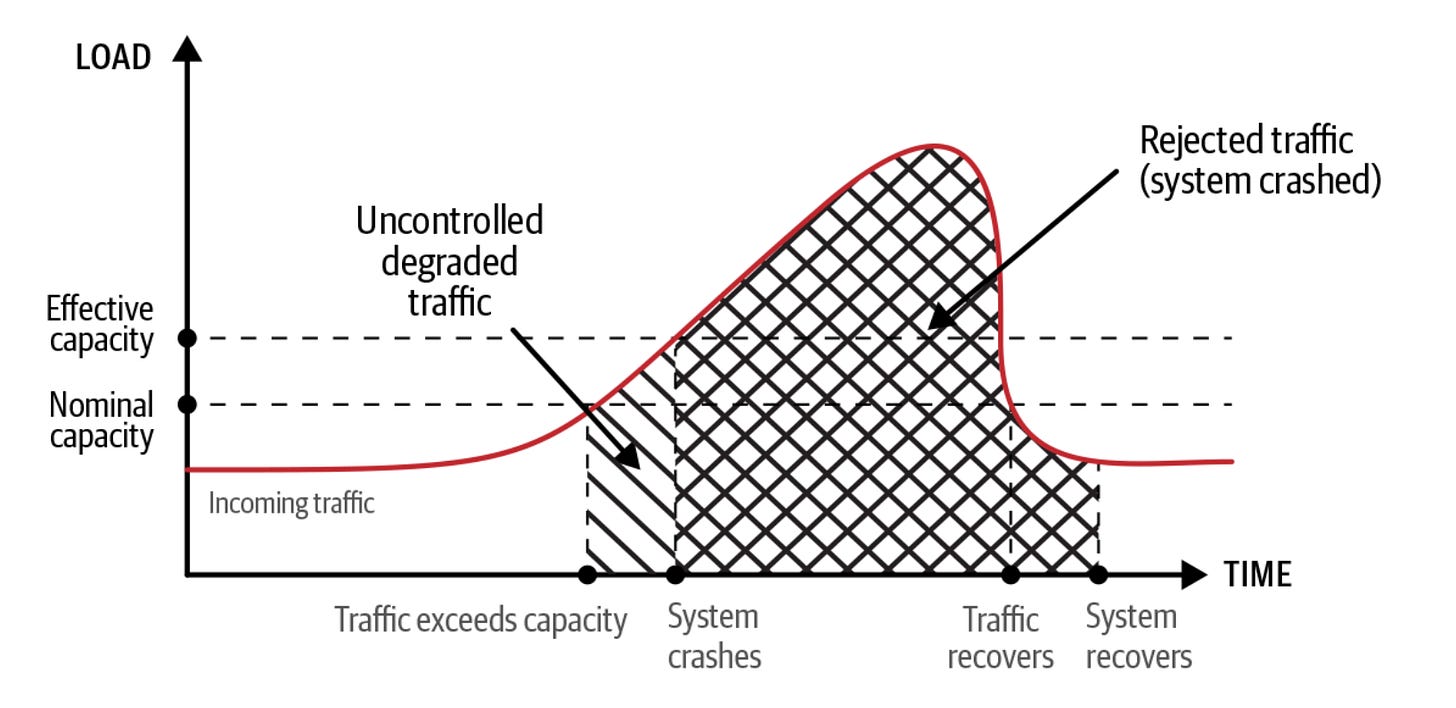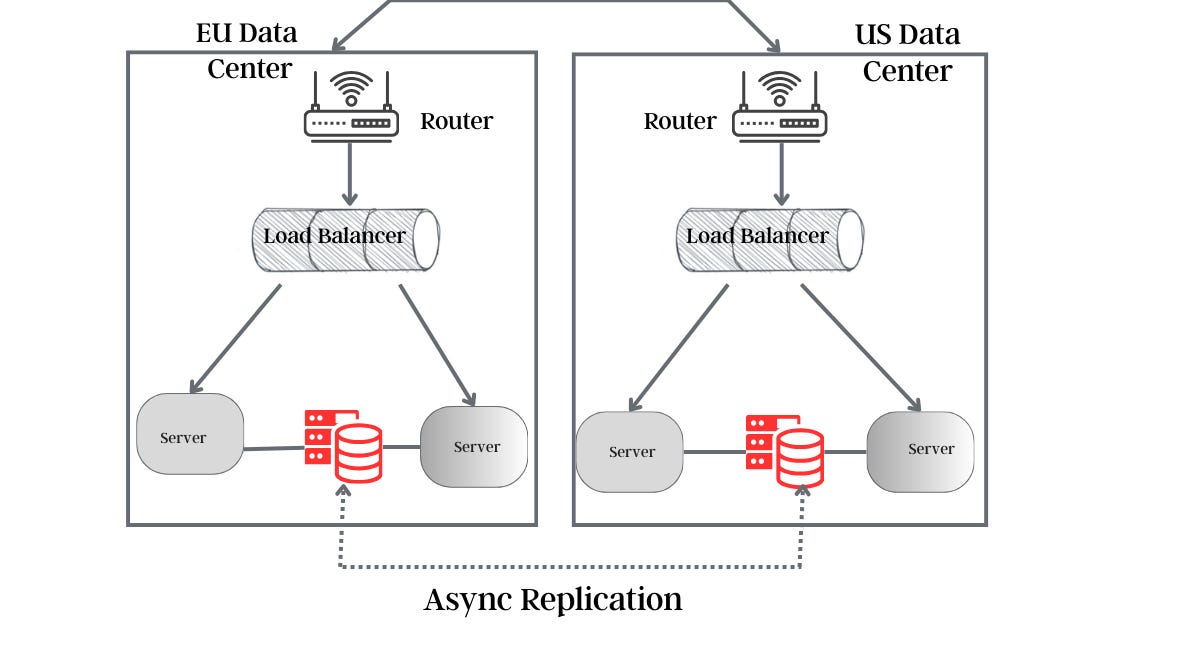Upstream Resiliency in Distributed System
Proactive strategies to prevent failures before they happen
Upstream Resiliency prevents failures before they happen, keeping systems stable and reliable. It ensures smooth operations by distributing traffic, limiting overload, and maintaining backups.
Load Balancing, Load Shedding & Load Leveling – Distribute traffic efficiently and prevent overload.
Throttling & Rate Limiting – Control excessive requests to maintain system stability.
Redundancy & Replication – Ensure backup systems are active to prevent downtime.
Chaos Engineering – Inject controlled failures to test and improve system resilience.
Load Balancing vs Load Leveling vs Load Shedding
They might all deal with 'load,' but balancing it, leveling it, and shedding it are totally different stories when it comes to keeping systems running smoothly.
Rate Limiting in Distributed System
Rate-limiting, or throttling, is a mechanism that rejects a request when a specific quota is exceeded. A technique to control how many requests a client can make to a service over a given time window. When a client exceeds their quota, subsequent requests are rejected or delayed.
Redundancy vs. Replication
Redundancy and replication are both strategies for increasing the reliability and availability of systems.
𝗪𝗵𝗮𝘁 𝗶𝘀 𝗖𝗵𝗮𝗼𝘀 𝗘𝗻𝗴𝗶𝗻𝗲𝗲𝗿𝗶𝗻𝗴?
Enterprise software systems have become more sophisticated, relying heavily on distributed components like cloud services and micro-services. Chaos engineering plays a vital role in creating resilient distributed systems.
Conclusion
By adopting upstream strategies like load management, rate control, fault injection, and redundancy, you build a system that doesn’t just survive failure, it’s ready for them and keeps working no matter what.






